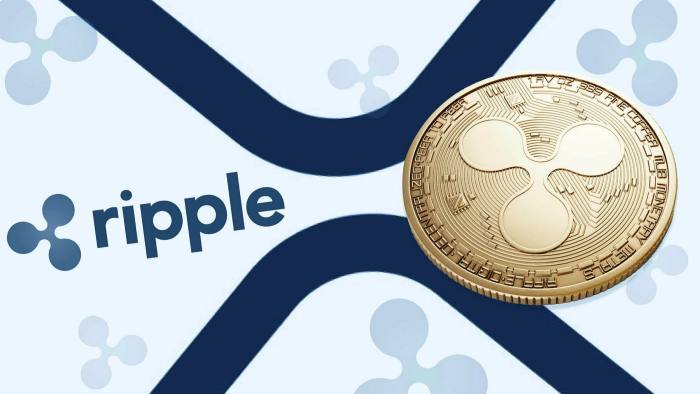
George Spencer
Understanding Ripple (XRP)

Ripple is the eighth-biggest cryptocurrency by market cap. Ripple acts both as a cryptocurrency and a digital payment network for financial transactions. Here is everything you need to know about Ripple, its history, and why it is as big as it is.
What is Ripple?
Ripple is a blockchain-based digital payment network and protocol with its own cryptocurrency, XRP. XRP is designed to confirm transactions almost immediately at a far lower cost, unlike Bitcoin and Ethereum, known for being costly and slow. Ripple’s goal is to provide a more efficient means to send cross-border payments in the financial industry, particularly in the banking sector. It aims to do this by reducing costs and transaction times by removing the middleman. The idea is that Ripple serves as a trusted agent between two parties in a transaction as the network can quickly confirm that the exchange went through properly.
History
Ripple started by software developer Ryan Fugger in 2004 as RipplePay, a network that wanted to provide secure and fast financial transactions across the world at relatively lower costs than current payment networks. Initially, RipplePay only enabled individuals to extend credit lines to their friends and family, traditional online payments and payment of online currency. But in 2012, a technology company called RippleLabs took over RipplePay and restructured its entire protocol. This new system included features of a digital cash system through the integration of a new cryptocurrency, XRP.
XRP hit significant price highs of around $3 per coin in early 2018, going up from its value of $0.05 in early 2017. In 2019, $200 million was added to the company for its efforts by a Series C funding. In December of last year, however, Ripple started having regulatory issues as a complaint was filed by the United States Securities and Exchange Commission (SEC) which states that Ripple sold XRP to investors in the U.S. and the global public as part of an unregistered securities sale that garnered over $1.3 billion. The commission alleged XRP of being a security, which fell under the SEC’s jurisdiction. Ripple has argued that the SEC’s action came long after the creation of XRP and that other U.S. government agencies have given XRP a classification other than that of a security.
How it Works
Unlike some big names in the industry at the moment, Ripple doesn’t use PoW (proof of work), or PoS (proof of stake). Its transactions rely solely on a consensus protocol that validates account balances and transaction on the system. This improves its integrity by preventing double-spending. For example if a user initiates a transaction with multiple gateways, but wants to send the same $200 to the gateway systems, will have all but the first transaction deleted.
The first transaction is made is decided by individually distributed nodes, and the confirmations take less than five seconds. Since there’s no central authority that can decide who set up a node and confirm transactions, the Ripple network is described as decentralized. Ripple wallets are publicly available on the Ripple consensus ledger, but the data containing transaction history is not linked to the ID or account of any individual or business. Although, the public record of all dealings makes the information susceptible to de-anonymization measures.
Pros and Cons
Pros
- Ripple helps reduce costs, as well as increase speed and efficiency
- Transaction confirmations are incredibly fast
- Versatility
- Ripple is being used by large financial institutions
Cons
- Ripple is considered to be somewhat centralized because of its default list of validators
- Its long ongoing battle with the SEC
Latest
Altcoins
09 May 2024
Altcoins
19 Apr 2024
Altcoins
16 Jan 2024
Altcoins
31 Aug 2023
Altcoins
24 Jun 2023
Altcoins
24 Jun 2023













